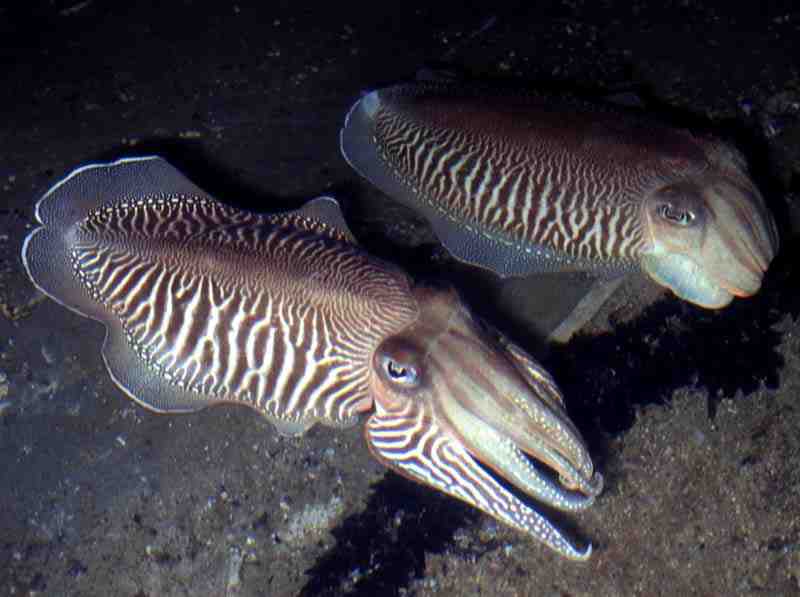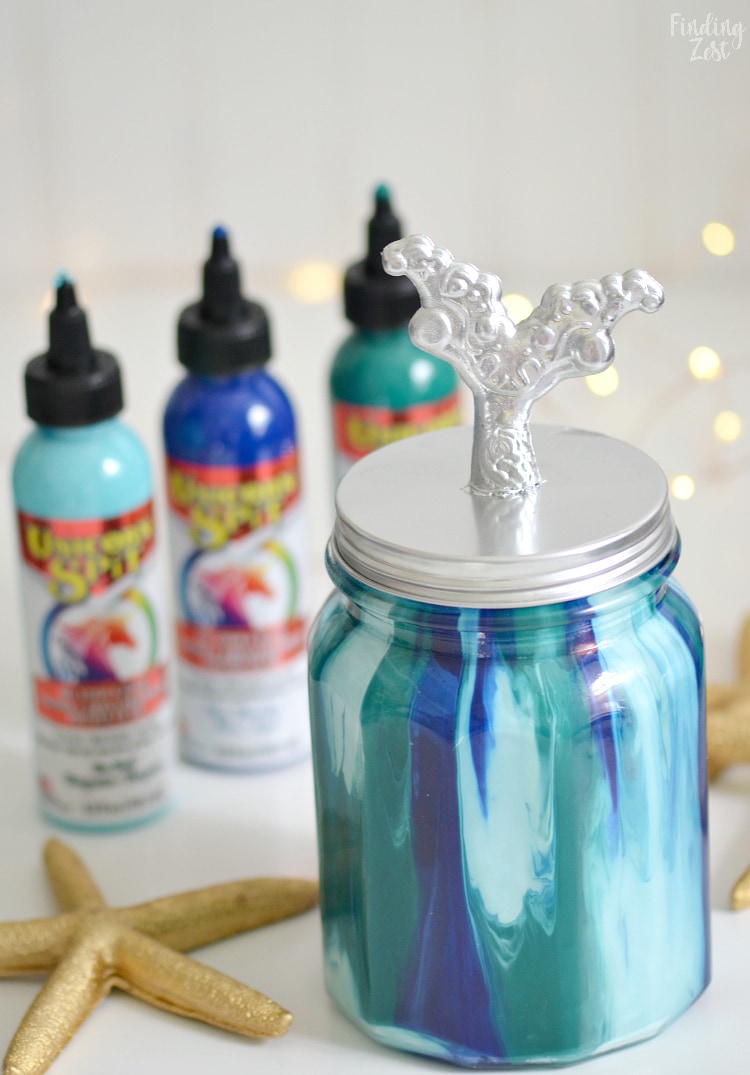
Comparison of the morphologies of adult and embryonic shells of Sepia
Download scientific diagram | Comparison of the morphologies of adult and embryonic shells of Sepia officinalis. a, b Views of an adult shell showing the main morphological parts, a ventral view, b dorsal view. c Dorsal view of a stage 29 embryonic shell. d–f In situ localisation of embryonic shells, d Lateral view on a stage 27 embryo (X-ray image, note the mineralized statocysts anteriorly—st), e dorsal view on a stage 27 embryo, f dorsal view on a stage 29 embryo. All the shells are shown in the same position, at the top: anterior part, on the bottom: posterior part (a–c photographs, e, f optical images, d X-ray image) from publication: Comparison of embryonic and adult shells of Sepia officinalis (Cephalopoda, Mollusca) | Development and evolution of the shell in cephalopods is difficult to establish as there is few species with a calcified shell that could be fossilized (stable in geological time). Internal cuttlebone of sepiids is so particular that homologies are difficult to find. The | Shell, Cephalopoda and Mollusca | ResearchGate, the professional network for scientists.

pictures illustrating the different parts of the S. officinalis shell

Gilles LUQUET, Professor (Full), PhD

Comparison of the morphologies of adult and embryonic shells of Sepia

Morphological disparity in extant and extinct sepiid phragmocones: morphological adaptions for phragmocone strength compared to those related to cameral liquid emptying hypotheses, Swiss Journal of Palaeontology

pictures illustrating the different parts of the S. officinalis

Aline PERCOT, Professor (Assistant) - Maitre de Conférence

A dEvELopMENTAL TABLE oF EMBryogENEsIs IN Sepia officinaliS

Three-dimensional structural evolution of the cuttlefish Sepia officinalis shell from embryo to adult stages

Biology and Evolution of the Mollusca

Pelagic palaeoecology: the importance of recent constraints on ammonoid palaeobiology and life history - Ritterbush - 2014 - Journal of Zoology - Wiley Online Library

pictures illustrating the different parts of the S. officinalis

Comparison of the early development of gut complex in various









